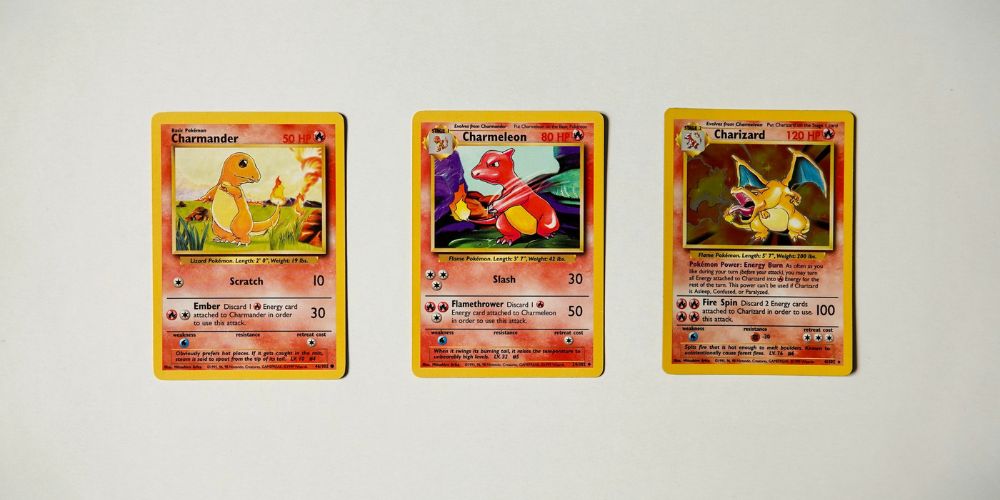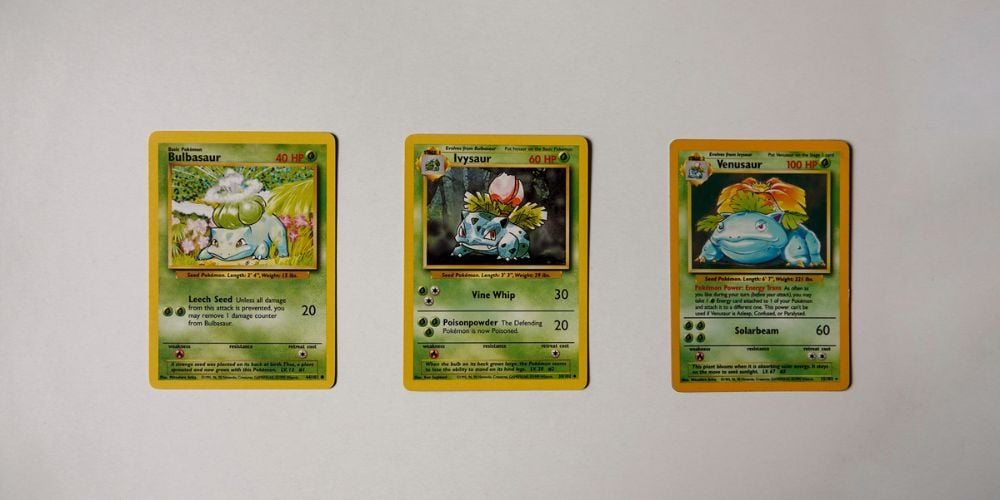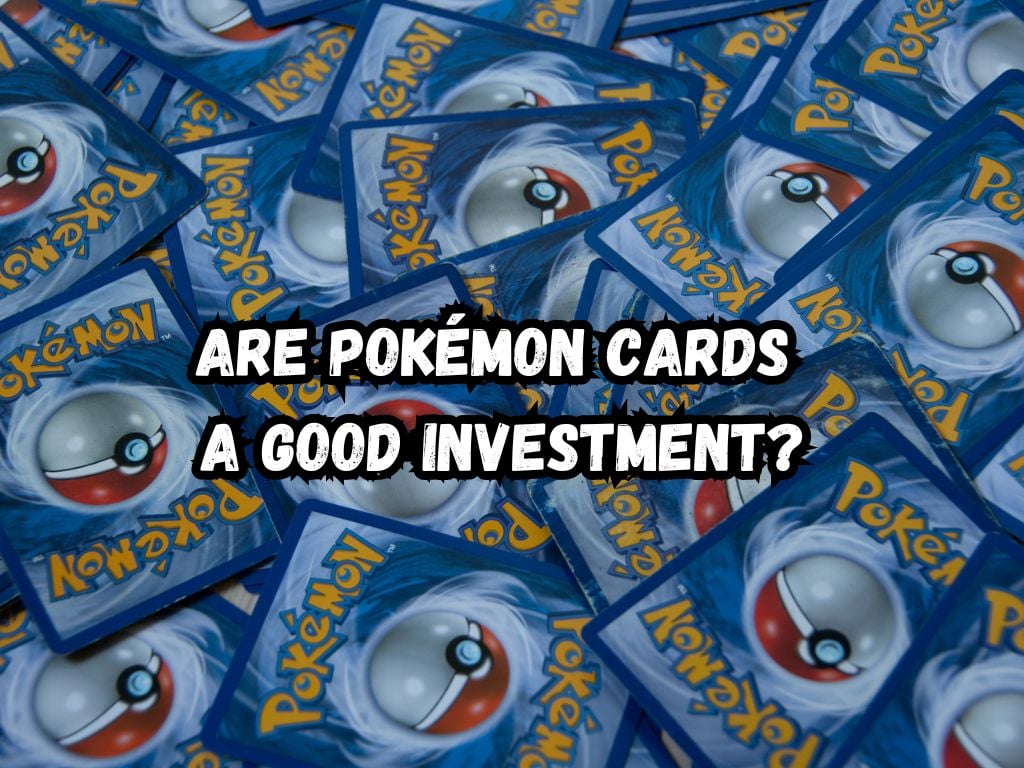In the world of collectibles, Pokémon cards have emerged as a fascinating blend of nostalgia, pop culture, and financial opportunity.
From their humble beginnings in the mid-90s to becoming a global phenomenon, Pokémon cards have evolved beyond a children’s game into a viable investment with some cards fetching thousands, even millions, of dollars at auctions.
This article aims to unpack Are Pokemon Cards a Good Investment? By diving deep into the factors that determine a card’s value, the pros and cons of investing, and guidelines for budding investors.
The History of Pokémon Cards
The Pokémon Trading Card Game debuted in the late 1990s, quickly transcending its initial role as a game to become a collector’s item.
Over the years, the franchise has released thousands of cards, some becoming highly sought after by collectors and investors alike.
Events such as the release of special edition cards, limited prints, and anniversary celebrations have continually sparked interest and driven the market.

Are Pokémon Cards a Good Investment?
Rarity
Rarity is a key determinant of a Pokémon card’s value. Limited print runs, special editions, and promotional cards often fetch higher prices. The scarcity of these cards makes them more desirable to collectors willing to pay a premium for the rarest finds.
Condition
The condition of a card heavily influences its market value. Cards are graded on a scale from Poor to Gem Mint, with the latter commanding the highest prices.
Collecting cards in pristine condition is paramount for investors looking to maximize returns.
Nostalgia and Popularity
Nostalgia plays a significant role in the demand for older Pokémon cards, as adults seek to recapture their youth.
Additionally, the popularity of certain Pokémon can affect a card’s value, with iconic characters like Pikachu and Charizard consistently in high demand.
Market Trends
Market trends are another crucial factor. The Pokémon card market can be influenced by various factors, including celebrity endorsements or a surge in popularity due to media releases like movies or new games. Staying informed about these trends is essential for investors.
Pros and Cons of Investing in Pokémon Cards
Pros
Investing in Pokémon cards can offer high returns, especially for those possessing rare and sought-after pieces.
The market also allows for the diversification of an investment portfolio and offers the emotional benefit of owning a piece of pop culture history.
Cons
However, the market is volatile and unpredictable, with values fluctuating based on factors like market trends and collector interest.
The risk of counterfeit cards is another concern, alongside the need for substantial knowledge about the Pokémon card market to make informed decisions.
How to Start Investing in Pokémon Cards
Starting small and gradually increasing one’s investment as they gain market understanding is advisable for new investors.
Conducting thorough research and networking with experienced collectors can provide valuable insights. Furthermore, investing in storage and insurance for valuable cards is crucial to protect your investment.
Real-Life Success Stories
There are numerous instances of investors making substantial profits from Pokémon cards.
Cards initially bought for a few dollars selling at auctions for thousands serve as a testament to the potential returns. These success stories are motivational, highlighting the lucrative possibilities within the Pokémon card market.

Potential Pitfalls and How to Avoid Them
New investors can easily fall into traps such as overpaying for common cards or falling victim to scams.
A long-term investment strategy focused on rare and valuable cards, coupled with due diligence in authenticity verification, can mitigate these risks. Awareness and education are the best defenses against common investment pitfalls.
Frequently Asked Questions
What are the most valuable Pokémon cards?
Certain first edition, promotional, and rare cards, especially those in mint condition, can be incredibly valuable. Notably, first edition Charizard cards are among the most coveted.
How can I check if my Pokémon card is a rare edition?
Check for symbols, serial numbers, and other indicators unique to rare editions. Online guides and forums can offer specific insights.
Is it better to invest in sealed Pokémon card products or individual cards?
While sealed products hold the allure of unsearched potential, individual cards with known value can offer a more predictable return. The decision should align with your investment strategy.
How does the grading system work for Pokémon cards?
Professional services assess cards based on condition, authenticity, and rarity. The grading scale typically runs from Poor to Gem Mint, directly influencing a card’s value.
What impacts have influencers like Logan Paul had on the Pokémon card market?
High-profile endorsements can drive demand and increase prices, particularly for the cards or editions promoted by the influencer.
Can digital Pokémon cards be a good investment compared to physical cards?
While digital cards offer a different form of collectibility, they lack the tangible aspect that often drives value in the collectibles market. Thus, physical cards generally present a more traditional investment route.
Investing in Pokémon cards is a unique blend of financial venture and personal passion. With the right knowledge and approach, it can lead to significant returns and the joy of participating in a vibrant collecting community.
Conclusion
Pokémon cards can indeed be a good investment, but like any form of collectible investment, they come with risks. The key to success lies in thorough research, a deep understanding of the market, and a genuine passion for Pokémon.
With careful planning and a strategic approach, investing in Pokémon cards can be both enjoyable and potentially profitable.


 Tags:
Tags:










